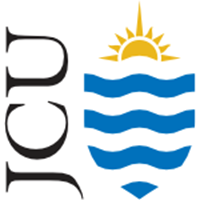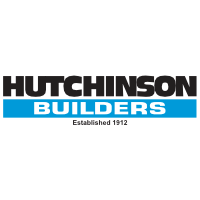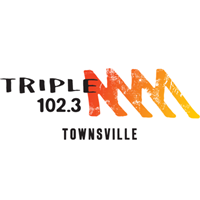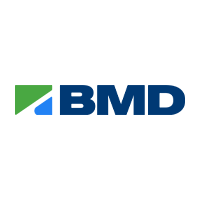While the North Queensland Toyota Cowboys and the world navigate their way through the impact of COVID-19, a symbol of hope and regeneration for the region has been taking shape on the banks of the Ross River beside Queensland Country Bank Stadium.
The development of the club’s new Community, Training and High Performance Centre has continued through the pandemic shutdown, creating vital employment during the construction phase and ensuring its future economic contribution following completion in early 2021.
The Cowboys are partnering with James Cook University in the $40 million complex, located on 17,000m² of land leased from Townsville City Council, which will house club operations and combine community areas, multi-sport high-performance training spaces, sports medicine and sports science laboratories and a community training field.
Staged funding for the project has been secured through several sources, currently in the form of a $15 million Federal Government grant, a $20 million loan from the Northern Australia Infrastructure Facility (NAIF) and philanthropic investment from club supporters.
North Queensland industry is driving the build, with Hutchinson Builders Townsville appointed as managing contractor and global design firm Populous delivering specialist architectural services in conjunction with local firm Tippett Schrock Architects.
While the club’s short-term operations are continuously adapting – players are training in isolation for a May 28 season restart and 80% of the Cowboys’ administration staff remain stood down – CEO Jeff Reibel says the new Centre is pivotal to the long-term strategy.
“The shutdown has been a very challenging time for everyone involved with the club, as it has been for our entire North Queensland community and beyond.
“We’re operating with uncertainties and are a business that depends on the generous support of our partners, members and patrons for our team and community programs.
“We’ve had an increased focus on securing our sustainability on and off the field over the last few months, and our new Community, Training and High Performance Centre is a huge part of the club continuing to move forward as our time at our current HQ in Kirwan comes to an end.
“This facility will create a state-of-the-art, high-performance training environment for our team and will help us retain and recruit the best talent available to ensure we’re a competitive force for many years to come.
“Under the conditions of our funding, the investment for our new Centre has been ‘quarantined’ from our day-to-day operations which has guaranteed that the benefits for both the club and our community will continue to flow now and into the future,” he said.
Construction of the facility is projected to deliver these economic benefits to North Queensland (source: AEC Group, 2019):
- $71.1 million output for local businesses (including $30.6M directly)
- $32.3 million in gross regional product (including $11.7M directly)
- 213 full time jobs (including 80 FTE jobs directly)
- $16.6M in wages and salaries (including $3.6M to households directly)
Project advocate and Member for Herbert Mr Phillip Thompson OAM, MP said investment projects like the Community, Training and High Performance Centre are vital to the region’s recovery post-COVID.
“I’m passionate about the Cowboys as my rugby league team, but I’m even more invested in the prosperity and economic health of our region, and this project represents both,” Mr Thompson said.
“We’re looking very closely at the impact of COVID-19 restrictions on local employment and the 58 full-time jobs this centre will support from 2022 – that’s $4.4 million in wages and salaries – will be part of our road ahead, on the back of the 213 full-time jobs involved in construction.
“Its flow-on impact for local business ($14M) and our gross regional product ($7.2M) puts the new Centre firmly on our recovery blueprint.”
The Cowboys Group (Cowboys Football Club, Cowboys Leagues Club and Cowboys Community Foundation) generates an estimated $167.9M in economic output and contributes $89.4M to the gross regional product of North Queensland, providing a total of 724 ongoing full-time equivalent jobs (source: AEC Group, 2019).










